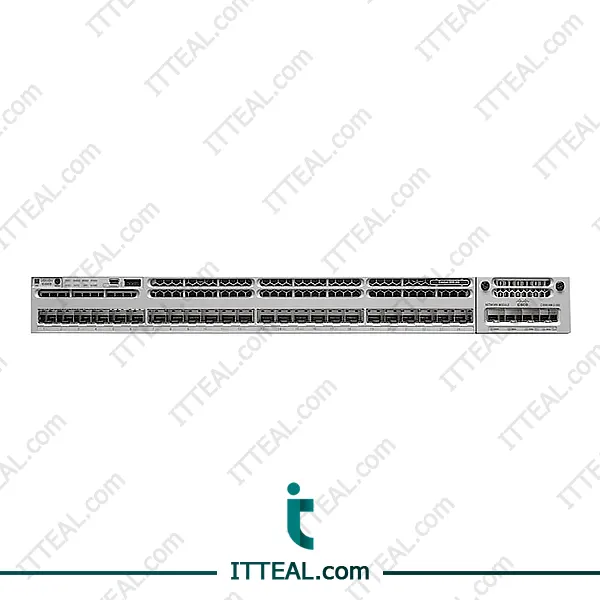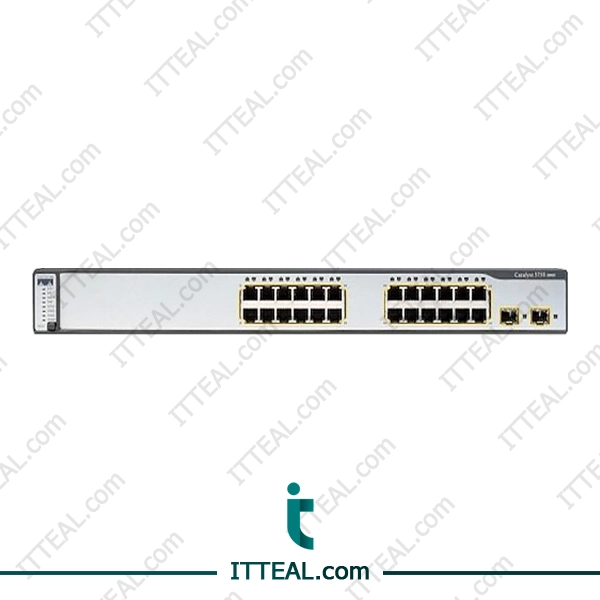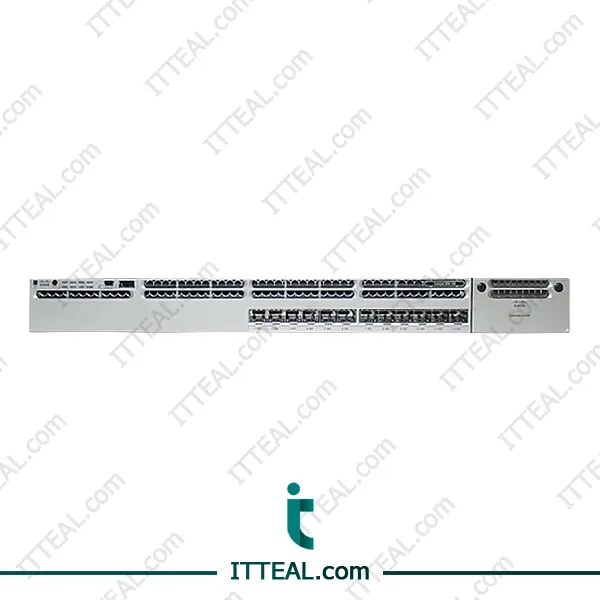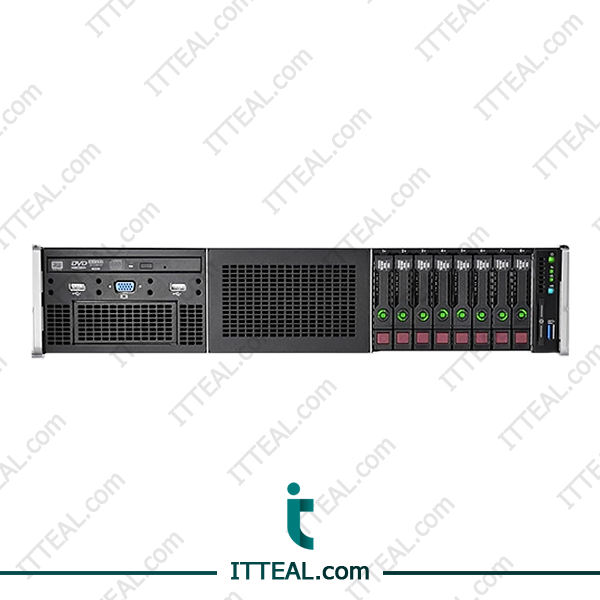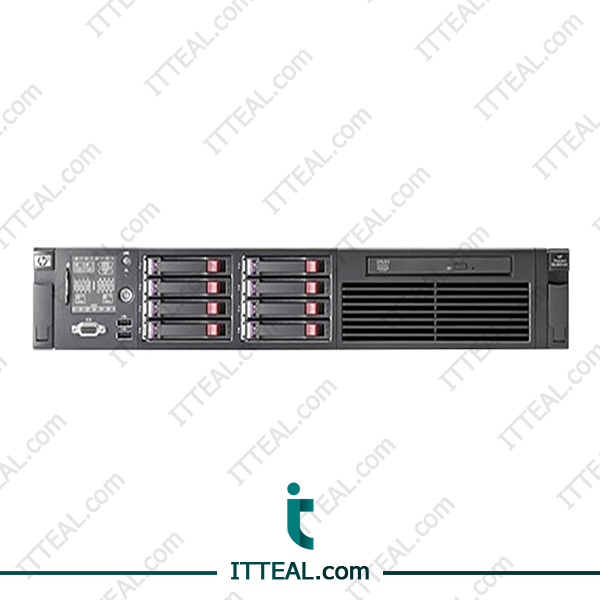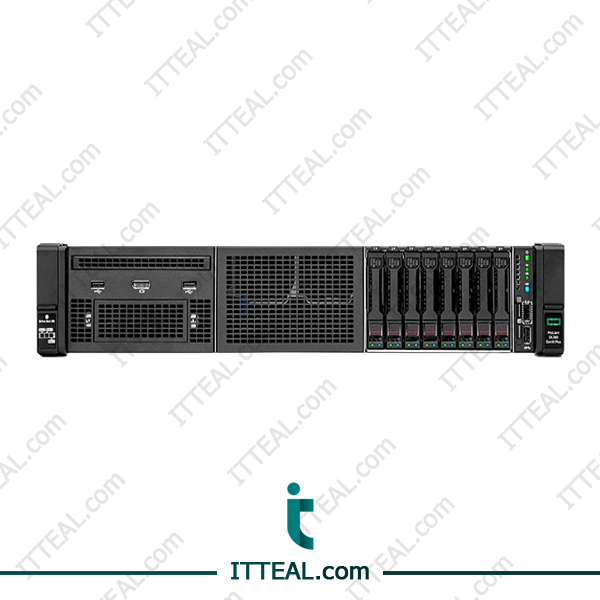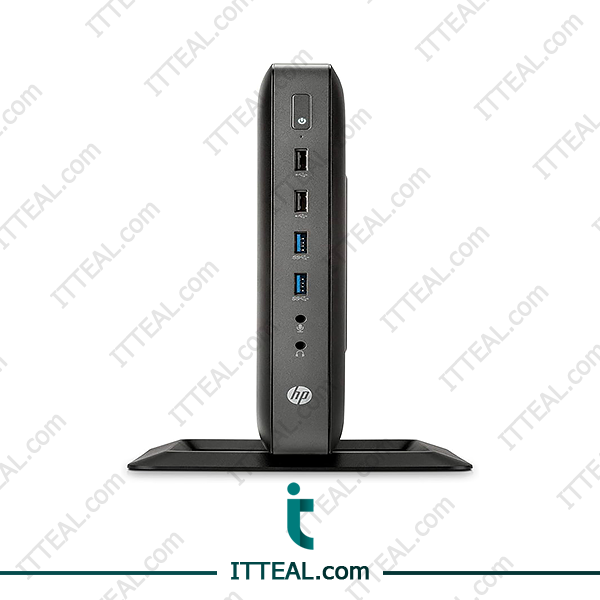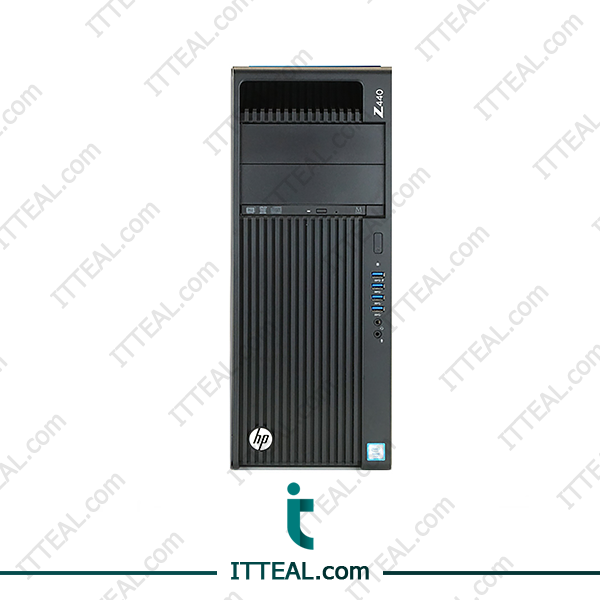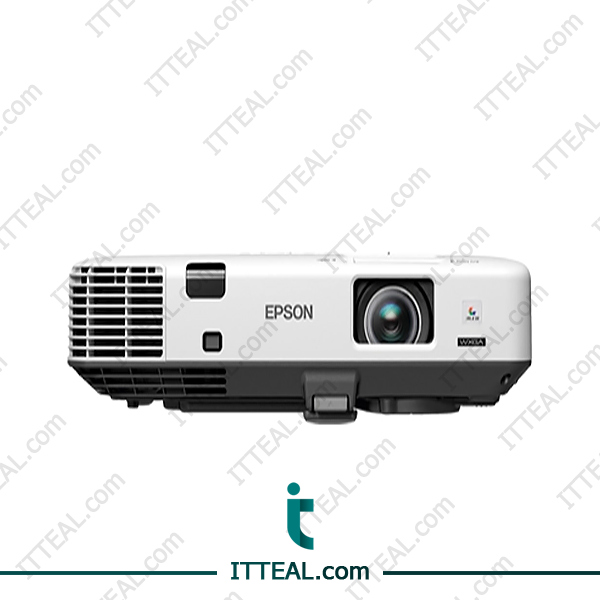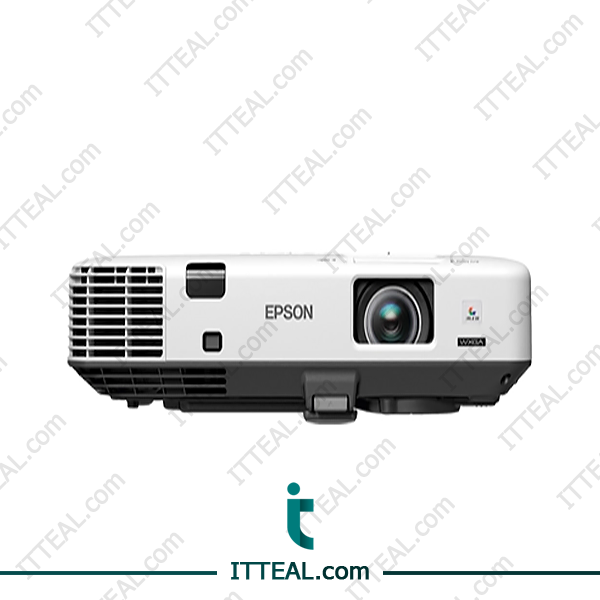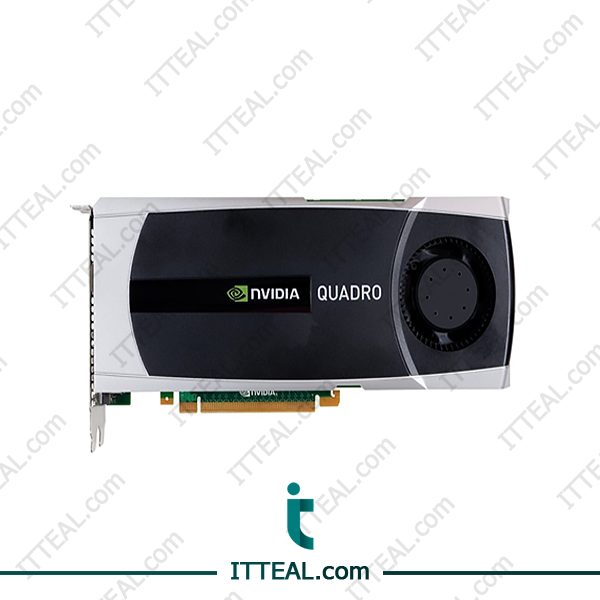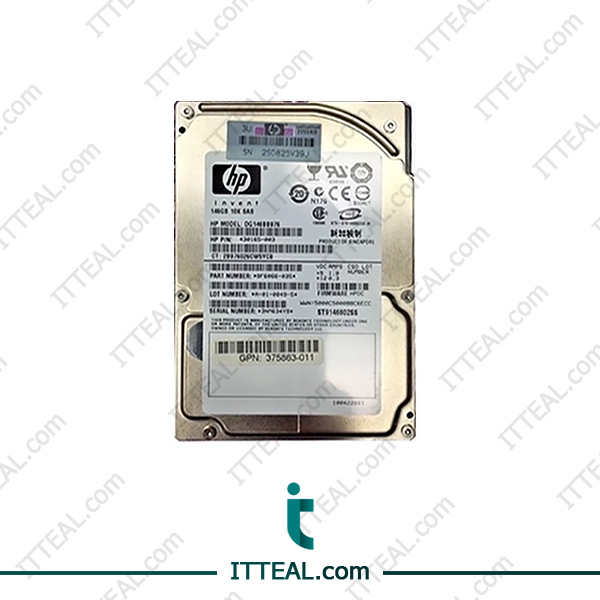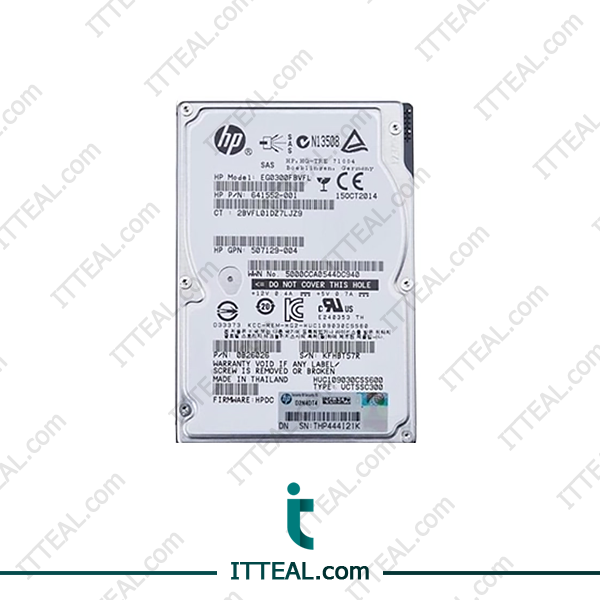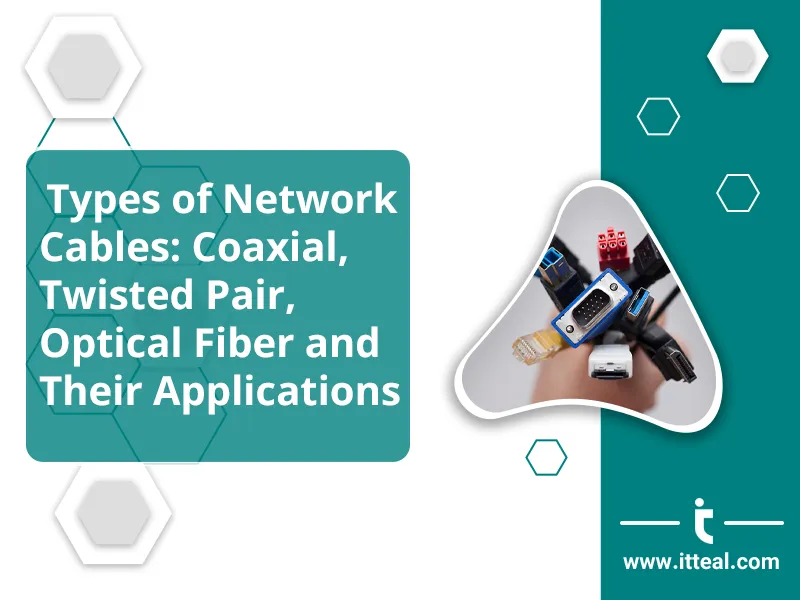Network cables are the backbone of modern communication systems. Whether you’re connecting your home internet or running a large-scale business network, cables are essential for transmitting data. Choosing the right type of cable can impact the speed, efficiency, and reliability of your network. But with several types to choose from, how do you know which one is right for your needs?
In this article, we’ll dive into the three main types of network cables—coaxial, twisted pair, and optical fiber—and explore their structures, uses, and applications.
if you are looking for a reliable partner to meet your networking equipment needs in the UAE and the Gulf region, ITTEALS is the perfect choice.
What Are Network Cables?
Network cables are the physical wires used to connect devices within a network. They enable the transfer of data through electrical or optical signals. Without network cables, the digital world as we know it wouldn’t function. They serve as the link between routers, computers, servers, and other network devices.
Types of Network Cables
There are several types of network cables, but the three most commonly used are:
- Coaxial cables
- Twisted pair cables
- Optical fiber cables
Each type has its unique structure, applications, and benefits depending on the specific needs of the network.
Network Cable: Coaxial Cables

What Are Coaxial Cables?
Coaxial cables, often known as “coax,” are a type of cable primarily used for cable television, internet, and other data connections. They consist of a central conductor surrounded by insulation, a metallic shield, and an outer insulating layer.
Structure of Coaxial Cables
- Inner conductor: Usually made of copper or aluminum, this is where the signal travels.
- Insulation layer: Protects the inner conductor.
- Metallic shield: Prevents interference from external signals.
- Outer insulation: Protects the entire structure from physical damage.
Common Applications of Coaxial Cables
Coaxial cables are commonly used in:
- Cable television
- Internet connections
- Telephone systems
- CCTV systems
Advantages and Disadvantages of Coaxial Cables
Advantages
- Durability: Coaxial cables are tough and can withstand environmental conditions better than some other cables.
- Good bandwidth: They offer decent speeds for various applications, such as TV and internet services.
- Interference protection: The shielding reduces the risk of signal interference.
Disadvantages
- Limited speed: While adequate for many uses, coaxial cables can’t handle data as fast as twisted pair or optical fiber cables.
- Bulkiness: Coaxial cables are thicker and harder to install in tight spaces.
- Expensive: More costly than twisted pair cables for similar performance.
Network Cable: Twisted Pair Cables

Explanation of Twisted Pair Cables
Twisted pair cables are among the most widely used network cables, especially in LANs (Local Area Networks). They consist of pairs of insulated copper wires twisted together to reduce electromagnetic interference.
Structure of Twisted Pair Cables
- Twisted pairs: Two insulated copper wires are twisted together, which helps cancel out interference from external signals.
Twisted pair cables are commonly used in Ethernet networks, telephone systems, and basic internet connections.
Types of Twisted Pair Cables: UTP vs. STP
UTP (Unshielded Twisted Pair)
- Structure: No additional shielding beyond the twisted pairs.
- Application: Primarily used in Ethernet networks and telephone wiring.
STP (Shielded Twisted Pair)
- Structure: Additional shielding around the twisted pairs to provide better protection against interference.
- Application: Used in industrial environments or areas with a lot of electrical noise.
Advantages and Disadvantages of Twisted Pair Cables
Advantages
- Cost-effective: Twisted pair cables are cheap and easy to install.
- Flexible: They’re lighter and more flexible compared to coaxial cables.
- Widely used: UTP cables are the most common type for home and office networking.
Disadvantages
- Vulnerable to interference: UTP cables without shielding are more susceptible to external interference.
- Shorter distance: Twisted pair cables have shorter transmission distances compared to optical fiber.
Network Cable: Optical Fiber Cables

What Are Optical Fiber Cables?
Optical fiber cables are the fastest and most advanced type of network cable. Instead of transmitting electrical signals, they use light to carry data, allowing for much higher speeds and greater distances than copper cables.
Structure of Optical Fiber Cables
- Core: A thin strand of glass or plastic that carries light signals.
- Cladding: Reflects light back into the core, ensuring signal strength.
- Buffer coating: Protects the core and cladding from damage.
Single-Mode vs. Multi-Mode Fiber
Single-Mode Fiber
- Application: Typically used for long-distance communication, such as between cities or data centers.
- Speed and range: Single-mode fiber supports faster speeds and longer distances.
Multi-Mode Fiber
- Application: Common in shorter-distance applications like within buildings.
- Speed and range: While not as fast as single-mode, it’s still much faster than copper cables.
Advantages and Disadvantages of Optical Fiber Cables
Advantages
- Extremely fast: Optical fiber cables provide the highest data transfer rates available.
- Long distances: Data can travel much farther without signal loss compared to copper cables.
- Immune to interference: Since they use light, optical fiber cables aren’t affected by electromagnetic interference.
Disadvantages
- Cost: Optical fiber cables and the equipment needed for them are more expensive.
- Complex installation: More difficult to install and maintain than copper cables.
Comparison of Network Cables
| Feature | Coaxial | Twisted Pair (UTP/STP) | Optical Fiber | |||||
| Speed | Moderate | Moderate to high | Very high | |||||
| Interference | Low | High (UTP), Moderate (STP) | None | |||||
| Cost | Moderate | Low | High | |||||
| Distance | Short | Short to medium | Long | |||||
| Applications | TV, Internet | Ethernet, Phones | Data Centers, Long-Distance Networks |
Applications of Network Cables in Different Industries
Coaxial Cable Applications
- TV broadcast systems
- Cable modems for internet
Twisted Pair Cable Applications
- Home and office Ethernet networks
- Telephone systems
Optical Fiber Applications
- High-speed data communication in corporations
- Medical imaging
- Military communications
Choosing the Right Network Cable for Your Needs
When deciding which network cable to use, you need to consider:
- Speed: Do you need extremely fast speeds? Optical fiber may be the best choice.
- Distance: If your network spans long distances, optical fiber will perform better.
- Budget: Twisted pair cables are more affordable but may have limitations in high-performance environments.
The Future of Network Cables
With 5G and fiber optic technology advancing rapidly, the future of network cables is focused on speed and efficiency. Optical fibers are likely to become more common in homes and businesses as internet demands continue to grow.
Conclusion
Network cables are the unsung heroes of digital communication. Whether it’s coaxial, twisted pair, or optical fiber, each type serves a specific purpose based on speed, distance, and cost. By understanding the strengths and weaknesses of each, you can choose the right cable for your needs, ensuring a reliable and efficient network.
FAQs
- What’s the difference between UTP and STP cables?
UTP (Unshielded Twisted Pair) lacks shielding, making it cheaper but more prone to interference, while STP (Shielded Twisted Pair) includes shielding for better protection in noisy environments. - Can I use optical fiber cables for home networking?
Yes, optical fiber is becoming more common for home internet setups, especially in areas requiring ultra-fast speeds. - What is the maximum distance for a coaxial cable?
Coaxial cables can transmit signals up to around 500 meters without significant signal loss. - Are twisted pair cables still relevant in modern networks?
Absolutely! Twisted pair cables, especially UTP, are still widely used for Ethernet connections in homes and offices. - How do I know if I need fiber optics for my business?
If your business relies on high-speed data transfer or operates across large distances, fiber optics may be the ideal choice for you.


